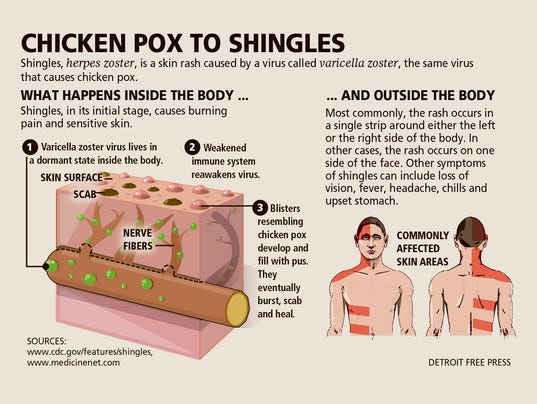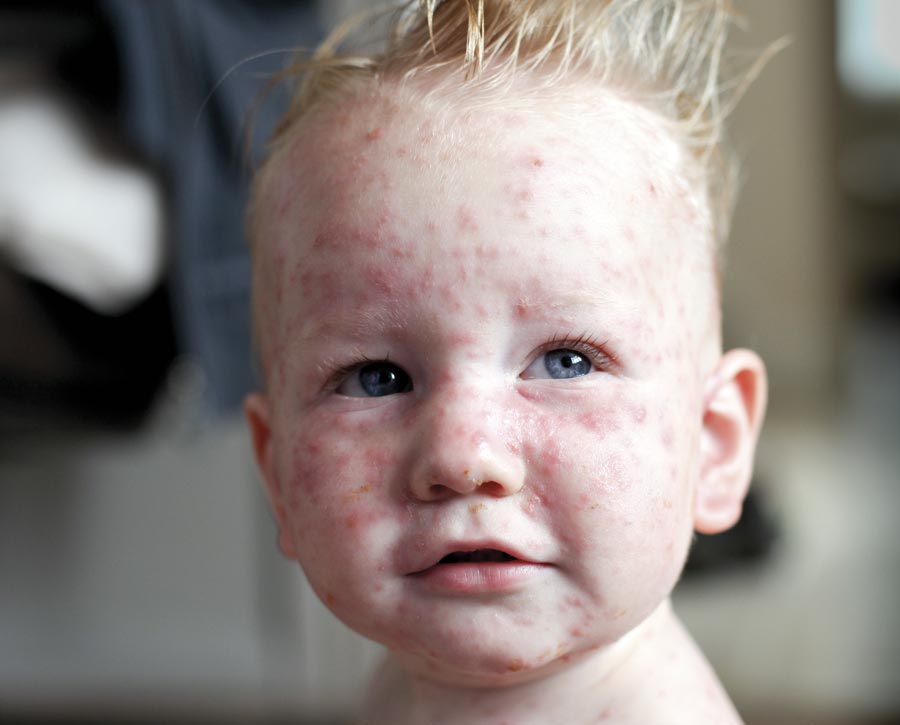Chicken pox, shingles, and herpes are all caused by the same virus, the varicella-zoster virus. While they share some similarities, there are also significant differences between these conditions. In this article, we'll explore what each of these conditions is, how they're spread, and how they're treated.
What is Chicken Pox?

Chicken pox, also known as varicella, is a highly contagious infection that's most common in children. It's characterized by an itchy rash that covers the entire body, as well as fever, fatigue, and other flu-like symptoms.
Chicken pox is spread through contact with an infected person's saliva, mucus, or skin lesions. The virus can also be spread through the air when an infected person coughs or sneezes.
Most people recover from chicken pox within 2 to 3 weeks without any complications. However, in rare cases, chicken pox can lead to more serious complications such as pneumonia, encephalitis, or even death.
What is Shingles?

Shingles, also known as herpes zoster, is a viral infection that affects the nerves and skin. It's caused by the same virus that causes chicken pox, which remains dormant in the body after an initial infection.
Shingles is characterized by a painful rash that usually appears on one side of the body or face. Other symptoms may include fever, headache, and sensitivity to light.
Shingles is not contagious, but it can be spread through contact with the fluid from the rash. People who have never had chicken pox or who have not been vaccinated against the virus can develop chicken pox if they come into contact with someone who has shingles.
What is Herpes?

Herpes is a common viral infection that's spread through sexual contact or contact with an infected person's skin or body fluids. There are two types of herpes: herpes simplex virus type 1 (HSV-1) and herpes simplex virus type 2 (HSV-2).
HSV-1 is most commonly associated with cold sores, which are blisters that form on the lips or around the mouth. HSV-2 is most commonly associated with genital herpes, which causes painful blisters or sores on the genitals or surrounding areas.
Herpes is a chronic condition that can flare up periodically. While there is no cure for herpes, antiviral medications can help to reduce the severity and duration of outbreaks.
Treatment and Prevention

Treatment for chicken pox usually involves managing symptoms such as fever and itching. Over-the-counter medications such as acetaminophen and antihistamines can help to relieve these symptoms. In severe cases, antiviral medications may be prescribed.
Treatment for shingles may include antiviral medications, pain relievers, and topical creams or ointments to help relieve itching and discomfort.
Prevention for chicken pox and shingles involves vaccination. The chicken pox vaccine is recommended for all children, and the shingles vaccine is recommended for adults over the age of 50.
Prevention for herpes involves practicing safe sex and avoiding contact with an infected person's skin or body fluids.
Conclusion
While chicken pox, shingles, and herpes are all caused by the same virus, they each have their own unique characteristics and symptoms. Understanding the differences between these conditions can help you to know when to seek medical attention and how to prevent the spread of infection.